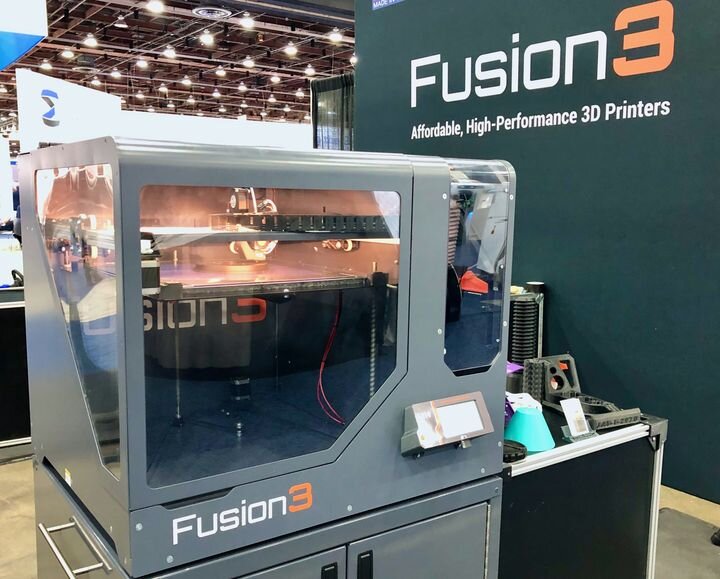![A typical professional 3D printer [Source: Fabbaloo]](https://fabbaloo.com/wp-content/uploads/2020/05/typical-printer-1_img_5eb050b1483bb.jpg)
Recently I’ve seen moves by several 3D printer manufacturers to position their equipment for use in specific industries, and this is a strong trend.
Let me explain my thinking here: years ago, when the initial 3D printing patents expired, a large number of 3D printing startups appeared. Most tended to offer very basic equipment with limited capabilities. Some were even slightly reliable, but most were not.
Over time that changed. Equipment functionality improved, as did reliability. But in all this progress the most common scenario was a device that had no specific purpose. When asked, company representatives would provide vague assertions that their 3D printer could be used for aerospace, jigs & fixtures, dental, or perhaps automotive use. Or for prosumer use.
In other words, companies made a 3D printer but really had no specific target. They were willing to accept any usage, so long as there were buyers. The machines were typically designed for general purpose use.
This was not exclusively the case, however. In particular there have long been 3D printers specifically designed for the dental and jewelry markets. But outside of those areas it was usually unclear for what industry a given machine was designed.
That’s not to say that 3D printer manufacturers didn’t want to address specific industries. Indeed there were many companies that targeted particular industry segments, like education, aerospace or manufacturing. They would prepare educational programs, case studies, offer consulting and other activities to entice those in a particular industry to partake of their equipment.
However, in almost every case, the machines themselves were not specifically designed for the target environment. Machine first, with some marketing to push it into an industry.
It’s no wonder it’s been an uphill struggle to light up the world with 3D printing technology.
More recently I’ve seen several companies take an extra step. While they still offer the same types of marketing approaches, the machines themselves are different. They, and their supporting infrastructure are being specifically designed for specific target industries.
For example, consider the Structo Velox device we wrote of recently. This is a machine designed from ground up for dental offices. It includes a number of convenience features and automation to make life quite straightforward for dental technicians. This is a machine that could technically be used for other purposes, but would never do so because it is so optimized for dental use.
In a way, the MakerBot Classroom offering is similar: MakerBot deeply investigated the education segment and came up with a custom solution involving materials, processes and services — and a 3D printer, although it’s importance in the solution is minimal — that matched the needs of that audience. No other audience would consider purchasing MakerBot Classroom.
This is the correct approach: engineer a solution that is designed for the end users. Don’t hope to bend the end users to fit the machine. They won’t go willingly.
This approach is likely to be more successful, and it will provoke more 3D printer manufacturers to do the same. Thus in the future we’ll see fewer “general purpose” 3D printers and an increasing number of devices and associated services that are specifically designed for particular industry segments.

